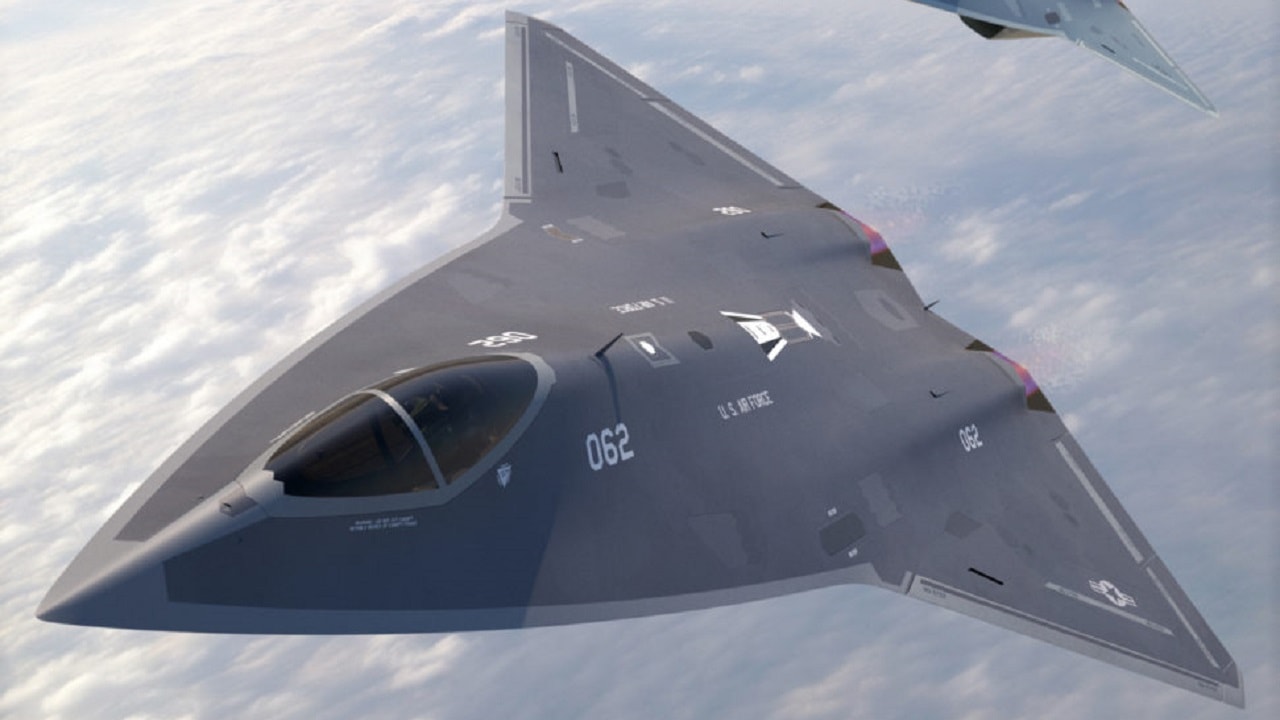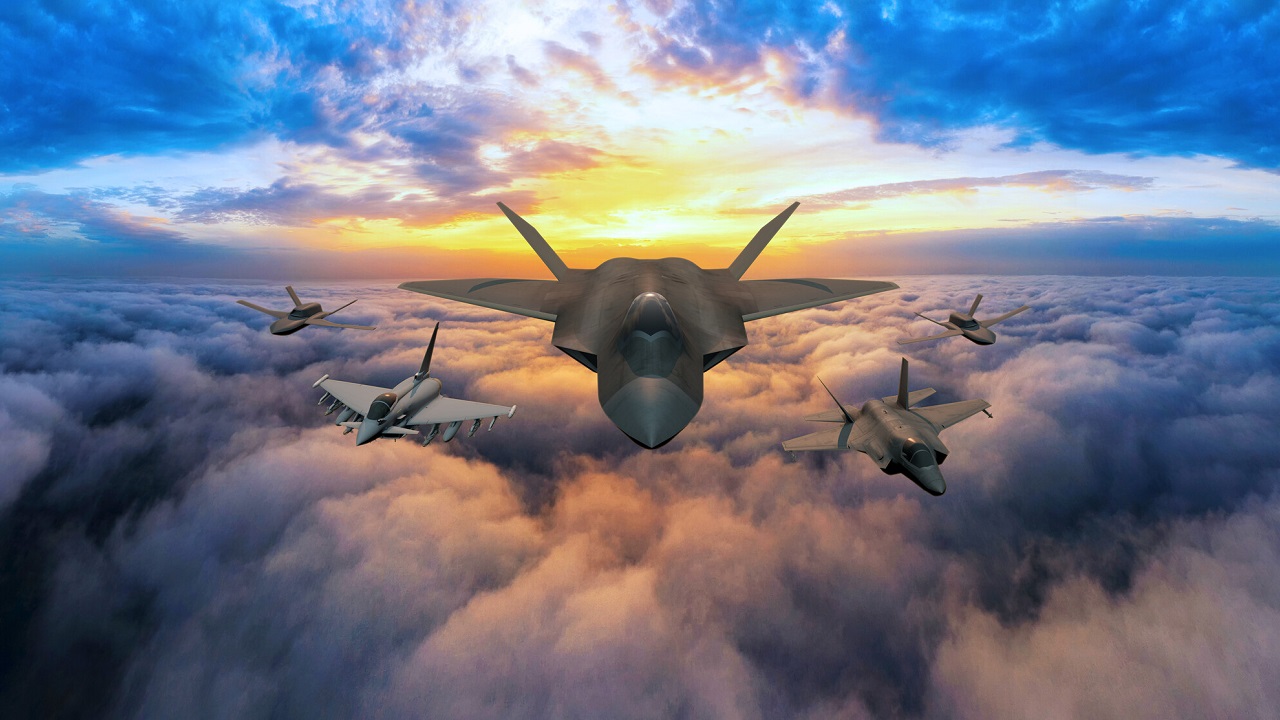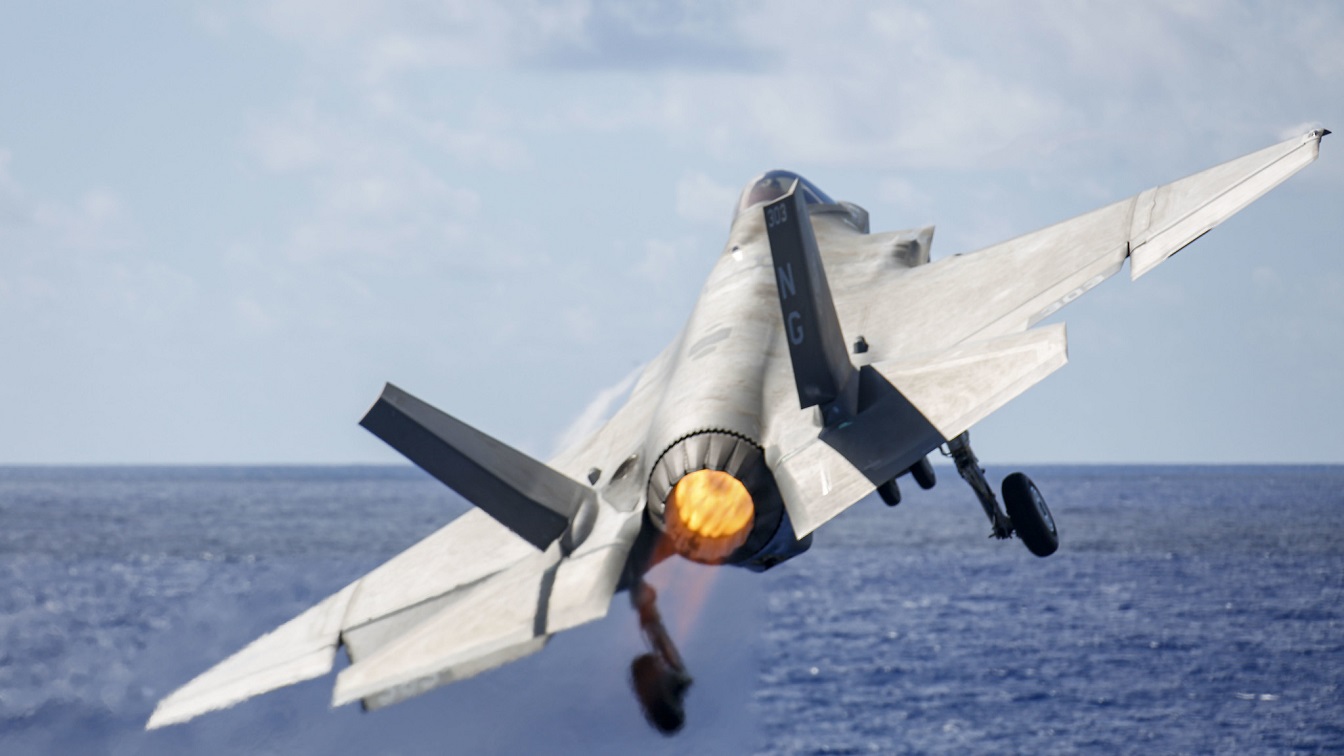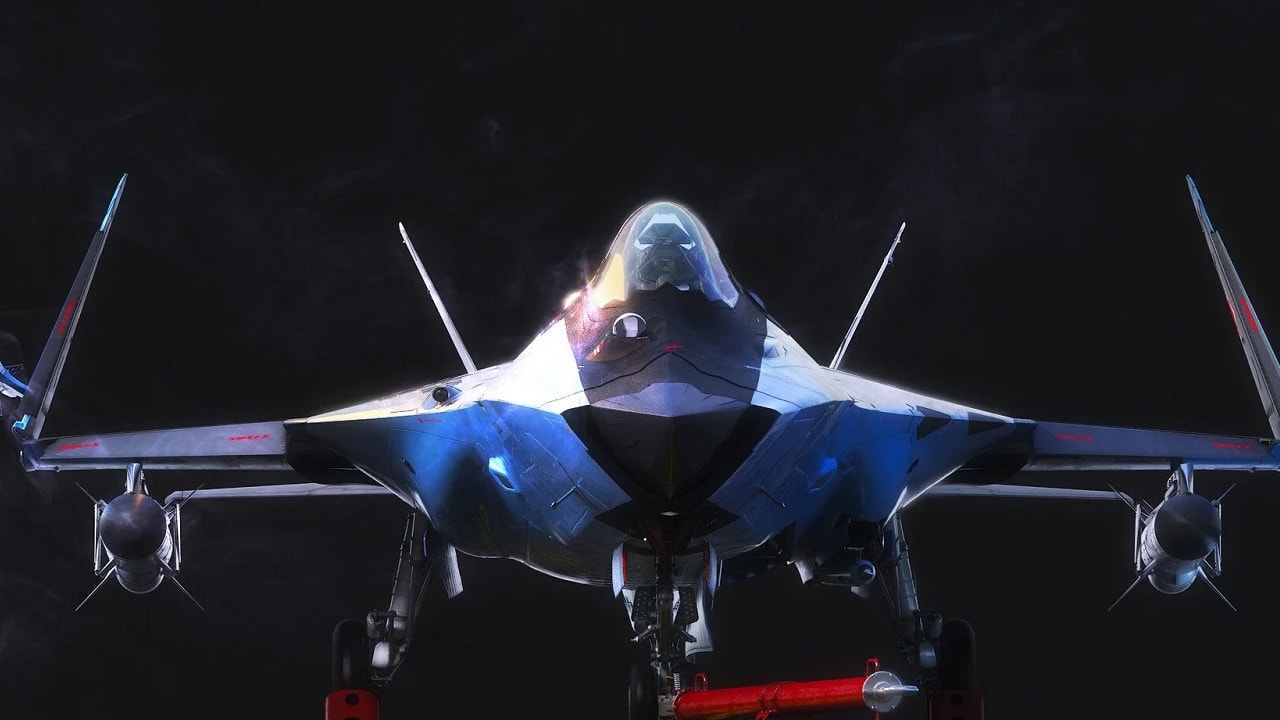Will Never Fly: The MiG-41, or PAK DP, is Russia’s proposed sixth-generation interceptor, promising MACH 4+ speeds, lasers, and stealth capabilities.
-However, much of it remains conceptual, with aspirations such as anti-missile lasers and near-space operations requiring technological leaps.
-Pro-Russian media have hyped it, but production delays in Russia’s Su-57 and Su-75 programs cast doubt on the MiG-41’s timeline. Experts estimate it may not fly until the mid-2030s or later.
-While intriguing, the MiG-41 seems more a prestige project in its “research” phase, serving as a “me too” response to Western sixth-generation fighter initiatives like the NGAD and Tempest programs.
MiG-41: Russia’s Hypersonic Sixth-Generation Fighter in the Works
This could be the coming of something exciting or another stop on Vladimir Putin’s hype train. I’m referring to the mysterious MiG-41, Russia’s planned sixth-generation fighter.
The MiG-41 is also known as the PAK DP, which stands for “Prospective Air Complex for Long-Range Interception.” The emphasis should be placed on “prospective” because much of this airplane is a series of proposed aspirations.
MiG-41 Hot Rod With a Laser Onboard
For example, the MiG-41 is supposed to be able to fly at an incredible MACH 4 to 4.6. That speed is hard to believe.
Armaments may include an anti-missile laser. That’s a compelling idea, but it’s probably a bridge too far because most directed energy systems would be too delicate to ride on a highly maneuverable and fast airplane. Plus, lasers need a significant electricity source. The MiG-41 would need to be able to fly to the edge of space – probably to take out enemy satellites.
Of course, it will be highly stealthy and likely able to deliver nuclear-tipped hypersonic missiles. These are all heady goals for an airplane that is still in conceptual development, with its first flight years, if not decades, away.
It is Nowhere Near Flying Status
Pro-Russian media organs claimed that the MiG-41 would fly in 2023, which certainly did not happen. The Russian defense industrial base is currently busy churning out tanks, armored personnel carriers, and artillery pieces. Futuristic airplanes that are a flight of fancy are probably on the back burner these days. Plus, the Russian aerospace industry has its hands full with the Su-57 and Su-75 fighters, which are supposed to set the world on fire but have been languishing in production delays or are grounded.
Improve the MiG-31 Foxhound
We know Russia could use another fast, stealthy air superiority/ interceptor to replace the MiG-31 Foxhound, so why not swing for the fences?
One way to develop a futuristic airplane is to declare some impressive ideas and let the technology grow in the coming years to fill the age gap. Wait until laser pods are small and sturdy enough to fit on wings and when there is a sufficient power source onboard the airplane. Plus, wait until engines are strong enough to reach near hypersonic speeds.
Is This the Usual Brag Fest?
Plus, it is common in Russia to share tall tales about its defense aerospace sector, which means using the “me too” scenario in the media. The United States says it has the new NGAD fighter. Then Moscow replies that it, too, has the next-generation Su-57. This is typical Russian braggadocio.
One Russian defense analyst has admitted that the MiG-41 would not be ready until 2035 or 2040. That sounds more pragmatic and sensible.
The trick is getting funding for any new weapons platform during the costly war in Ukraine. Sometimes the “coolest” ideas are enough for Putin to break the piggy bank since he loves prestige projects. Certainly, the MiG-41 concepts are long on prestige but likely short on follow through.
Other Countries Are Working on Next-generation Fighters
There are a handful of 6th-generation fighters in the works. Still, many are languishing due to the difficulty of design and innovation and the money and resources necessary to make these airplanes a reality.
The uber-expensive NGAD is undergoing a pause until a cheaper design is created and may not take to the air until 2030.

NGAD 6th Generation Fighter: Original artwork courtesy of Rodrigo Avella. Follow him on Instagram for more incredible aviation renders.
The U.S. Navy’s future F/A-XX program will not be ripe until the late 2030s. The United Kingdom, Japan, and Italy have the Tempest/ Global Combat Air Program slated for 2035, and France, Germany, and Spain are planning the Future Combat Air System for the 2040s.

BAE Systems artist image of Tempest Stealth Fighter. Image Credit: BAE.
A Little Hype Can’t Hurt
It stands to reason that Russia wants to be on this list, too. Why not? Some interesting concepts cost very little to develop, especially the laser idea and the near-hypersonic speed. Those will surely create some buzz at home and in the broader defense press.
Moscow has been very tight-lipped about the MiG-41. No surprise. There has been one known political statement from a deputy in the Duma, Alexander Tarnaev, who serves on the defense committee. Tarnaev said in MiGFlug.com the “corresponding decision was taken by the Chief of the General Staff; he has already signed the document to carry out research work on the MiG-41 project.” This gives us a few clues about how his Russian has been translated. Check out the word choice. He said “research” and not “engineering” or “design.” And he said “project” not “program.”
This means that the Russians know that the MiG-41 is in an aspirational phase, not a specific airplane design – very far from a prototype.
MiG-41: The Bottomline
The MiG-41 is something to keep an eye on. I love the speed and the onboard laser idea. The rest is murky for this research project. It will likely undergo significant changes before anything concrete emerges from the various proposals that will crop up around the airplane.

PHILIPPINE SEA (May. 13, 2022) An F-35C Lightning II assigned to the “Black Knights” of Marine Fighter Attack Squadron (VMFA) 314 launches from the Nimitz-class aircraft carrier USS Abraham Lincoln (CVN 72). The Abraham Lincoln Carrier Strike Group is on a scheduled deployment in the U.S. 7th Fleet area of operations to enhance interoperability through alliances and partnerships while serving as a ready-response force in support of a free and open Indo-Pacific region. (U.S. Navy photo by Mass Communication Specialist 3rd Class Michael Singley) 220513-N-MM912-1002
Remember that prestige and “me too” are important messaging components for the Kremlin’s defense acquisition strategy, so expect more hype and breathless reviews in state media organs about the MiG-41 in the future.
About the Author: Dr. Brent M. Eastwood
Brent M. Eastwood, PhD, is the author of Don’t Turn Your Back On the World: a Conservative Foreign Policy and Humans, Machines, and Data: Future Trends in Warfare, plus two other books. Brent was the founder and CEO of a tech firm that predicted world events using artificial intelligence. He served as a legislative fellow for U.S. Senator Tim Scott and advised the senator on defense and foreign policy issues. He has taught at American University, George Washington University, and George Mason University. Brent is a former U.S. Army Infantry officer. He can be followed on X @BMEastwood.

